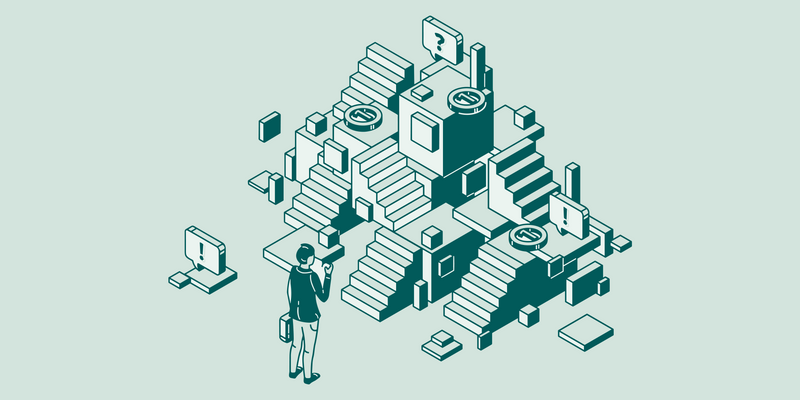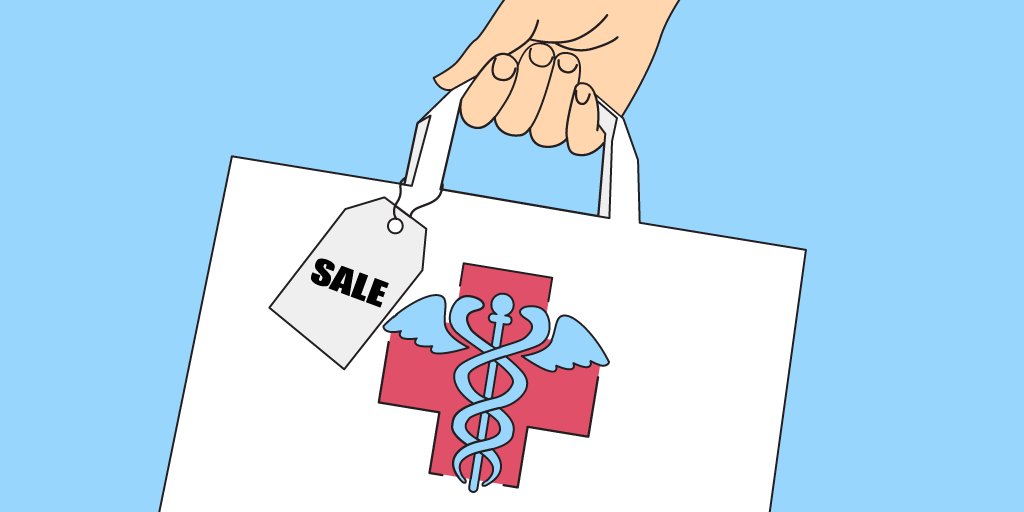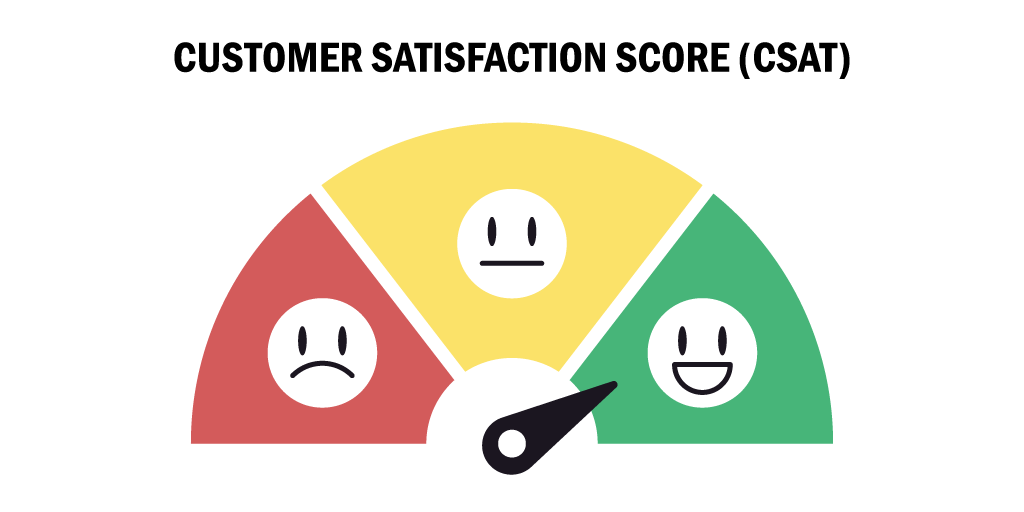Click-and-collect is no longer just a nice-to-have feature. It’s now a big part of how people shop. Customers like the control it gives them, they can shop online, skip delivery wait times, and pick up their order when it works for them.
But with more retailers offering it, the bar is getting higher. Shoppers want the service to feel more personal. Not just a pickup, but a customer experience in retail that fits their preferences.
Things like personalized alerts, flexible pickup options, and location-aware updates are starting to matter.
In this blog, we’ll look at simple strategies to help you offer more personalized customer experience in retail click-and-collect service.
Why Personalization Matters in Retail Customer Experiences
When a customer walks in or opens the app and everything just fits, pickup time, location, even the name they prefer, it feels good. It feels like the brand knows them.
That’s what personalization does. It removes the guesswork and saves time. It also builds a kind of trust you can’t fake. The shopper feels understood, and that’s hard to forget.
It’s not just about being helpful. It’s about showing up at the right time, with the right message, in the right way. And the result? More people come back. Fewer carts get abandoned. And the retail customer experience feels more human.
Why it matters:
Helps people feel seen, not just sold to
Speeds things up without feeling rushed
Turns routine pickups into repeat business
Makes service feel smoother and less tiring
Adds a personal touch without being intrusive
7 Key Strategies to Enhance the Retail Customer Service Experience
Retail today is about more than just selling products. Customers expect quick help, clear updates, and service that feels personal. Even small changes can make a big difference. Here are some simple strategies to create smoother, more satisfying customer experience in retail every step of the way.
1. Offer Seamless Omnichannel Integration
Shoppers don’t think in terms of “channels.” They just expect everything to work together. If they add something to their cart on the website, they want to see it in the app too. If they choose click and collect, they expect updates and a smooth pickup when they arrive.
The small stuff matters. A mismatch in one place makes the whole thing feel clunky. But when everything connects, it feels like the store actually gets them.
Some ways to bring it all together:
Let customers check or change their orders from anywhere
Keep carts and preferences synced across devices
Send clear updates, no matter where they placed the order
Give store staff the info they need to help quickly
When everything lines up, it’s easier for everyone. That’s what makes people come back.
2. Use Customer Data to Personalize Communication
The more relevant the message, the better it works. And most of the time, the data is already there. Past orders, pickup habits, preferred times, all of it can help shape how you talk to your customers.
Instead of sending the same message to everyone, change it based on what they’ve done before. Use their name. Mention the pickup location they chose. Add one small offer based on what they usually buy. That’s what makes it feel personal.
You’re not just sending updates. You’re showing customers that you remember them. That’s what keeps people coming back.
A few ways to do this:
Add the customer’s name in every SMS or email
Include pickup time and store location
Suggest one related item based on their order history
Share clear next steps so there’s no confusion
Enable two-way messaging for seamless interaction
It’s not about more messages. It’s about better ones.
You might also like - How to Improve Customer Communication With SMS Text Messaging
3. Keep Customers Informed While They Wait
Nobody likes feeling left in the dark, especially when picking up something they've already paid for. A simple screen in your waiting area can fix that.

Here’s how it helps:
Shows live queue status: People can see where they stand in line, which eases anxiety.
Reduces repeated questions: Staff spend less time answering “how much longer?”
Creates a smoother pickup flow: When customers know what’s happening, they’re ready when it’s their turn.
Adds a touch of transparency: It shows you respect people’s time.
Clear communication doesn’t always need a person—it just needs the right tools.
4. Train Staff to Recognize and Serve Regular Customers
When a customer walks in and someone remembers them, it changes everything. It feels more personal. Like the store sees them, not just their order.
Even a small thing like using customer's name can leave a big impression. It builds trust. It brings people back.
Staff don’t need to memorize anything. A quick look at the system can show recent visits or orders. That gives them just enough to offer the right help at the right time.
“Same as last time?”
“Want that ready for pickup again?”
“I saw you tried the new blend, how was it?”
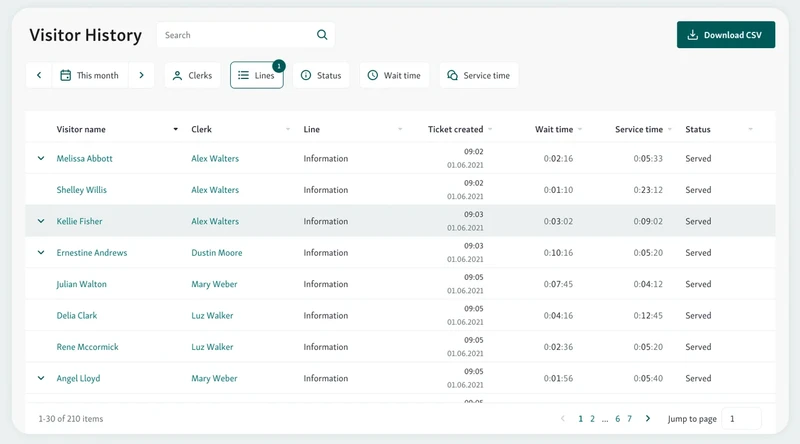
These little moments make the whole retail customer experience feel smoother and more human.
5. Enable Real-Time Feedback Collection
The best way to know how things went? Ask right after the visit. A short message or quick survey does the job.
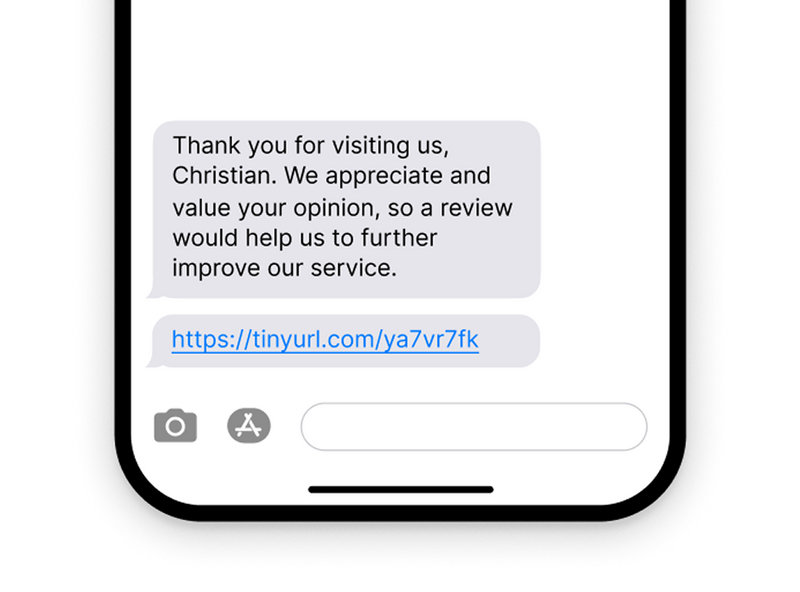
Customers are more likely to share honest feedback while the experience is still fresh. It doesn’t have to be long. Just a few taps on their phone.
Was pickup smooth? Was anything unclear? Did they get what they needed?
The answers can help spot small issues before they grow. It also shows customers that their voice matters. When they see changes based on feedback, they’re more likely to stay loyal.
Read further - How to improve customer experience with feedback
6. Give Staff a Clear View of What’s Happening
A real-time service dashboard helps your team stay on top of things during busy hours. It brings everything together in one place so staff don’t have to guess or switch between tools.
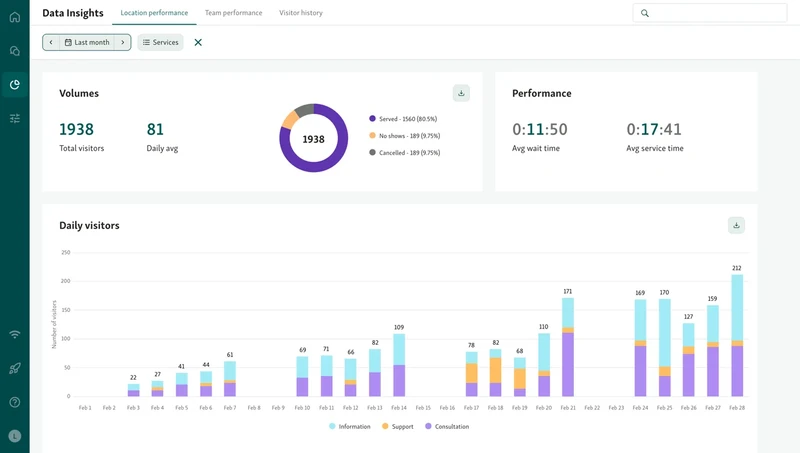
Here’s how it helps:
Shows live queue status: Staff can see how many people are waiting, who’s next, and how long each customer has been waiting.
Highlights order and visit details: Staff get a quick view of what the customer came in for, whether it’s an online pickup or a return.
Makes assignments easier: Tasks can be directed to the right team member, cutting down on delays and confusion.
Improves staff focus: With everything visible at a glance, your team can move faster and give each customer a smoother retail customer service experience.
Using a retail queue management software is a simple way to stay organized and reduce wait-time friction—especially when things get busy.
7. Let Customers Check In From Their Phones
Instead of making people wait in line just to check in, give them the option to do it from their phones. A visitor website makes this easy and fast.
Here’s what it helps with:
Faster check-ins: Customers can sign in before they even enter the store. No lines, no paper slips.
Fewer touchpoints: It supports contactless service, which many people still prefer.
More prepared staff: When customers check in remotely, your team can view the reason for their visit in advance and prepare accordingly.
Smoother visits: It keeps traffic flowing better during busy times by spreading out arrivals.
It’s a small step that can make a big difference in how smooth and stress-free the pickup process feels.
Also read - 9 Best Strategies to Reduce No-Shows
Make Retail Experiences Smoother, Smarter, and More Personal
Improving retail customer service doesn’t need to be complicated. Small steps like smarter check-ins, timely updates, and friendly support go a long way. The goal is to remove guesswork and help customers feel seen, heard, and taken care of, whether they shop online or in-store.
If you're looking for a simple way to bring all of this together, Qminder can help. From self check-in to real-time messaging and staff insights, it covers every step of the journey.
Start improving your retail experience today with Qminder.
Maintain a predictable environment. Use clear signage, uncomplicated directions, and label key service points. If the customer doesn't have to guess about the directions, they are going to feel more comfortable, and rushed less.
When waits are perceived as uncertain or unfair, customers will become annoyed very rapidly. Some will even leave without purchasing anything at all. Others will likely be deterred from asking for assistance, and probably make a general judgement on your brand systemically from there.
It can be. Soft, and peaceful music always helps calm nerves and comforts a space. However, it should complement the overall feel of the store, and not compete with conversation.

